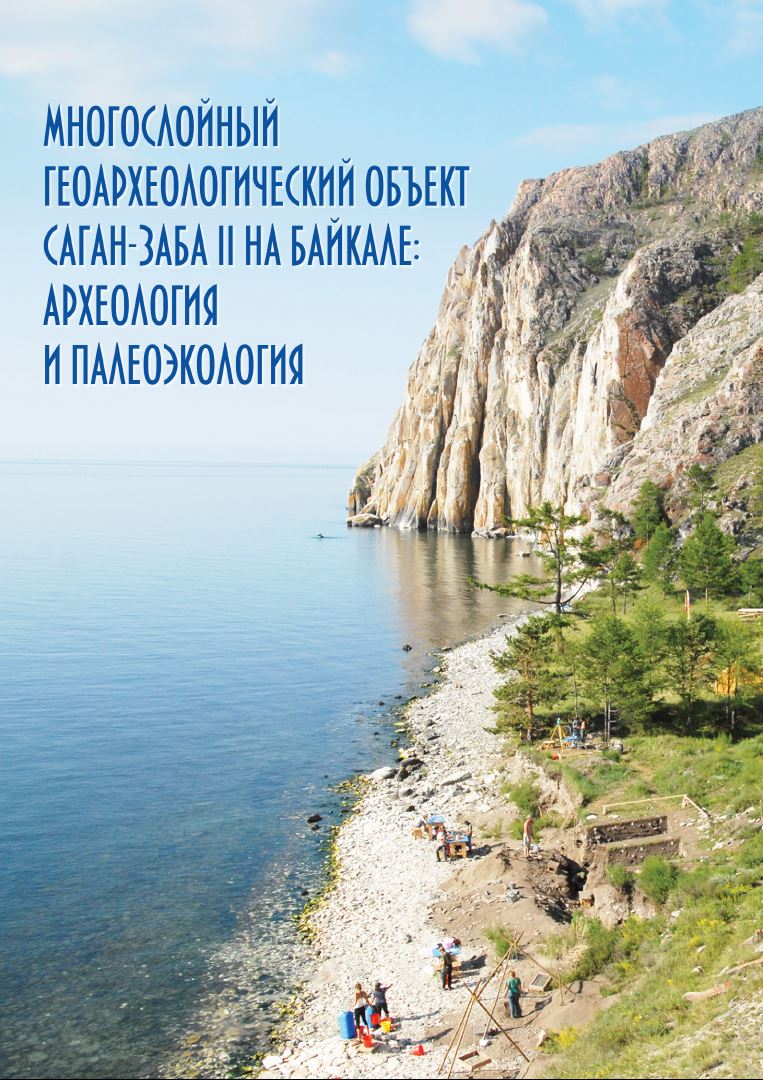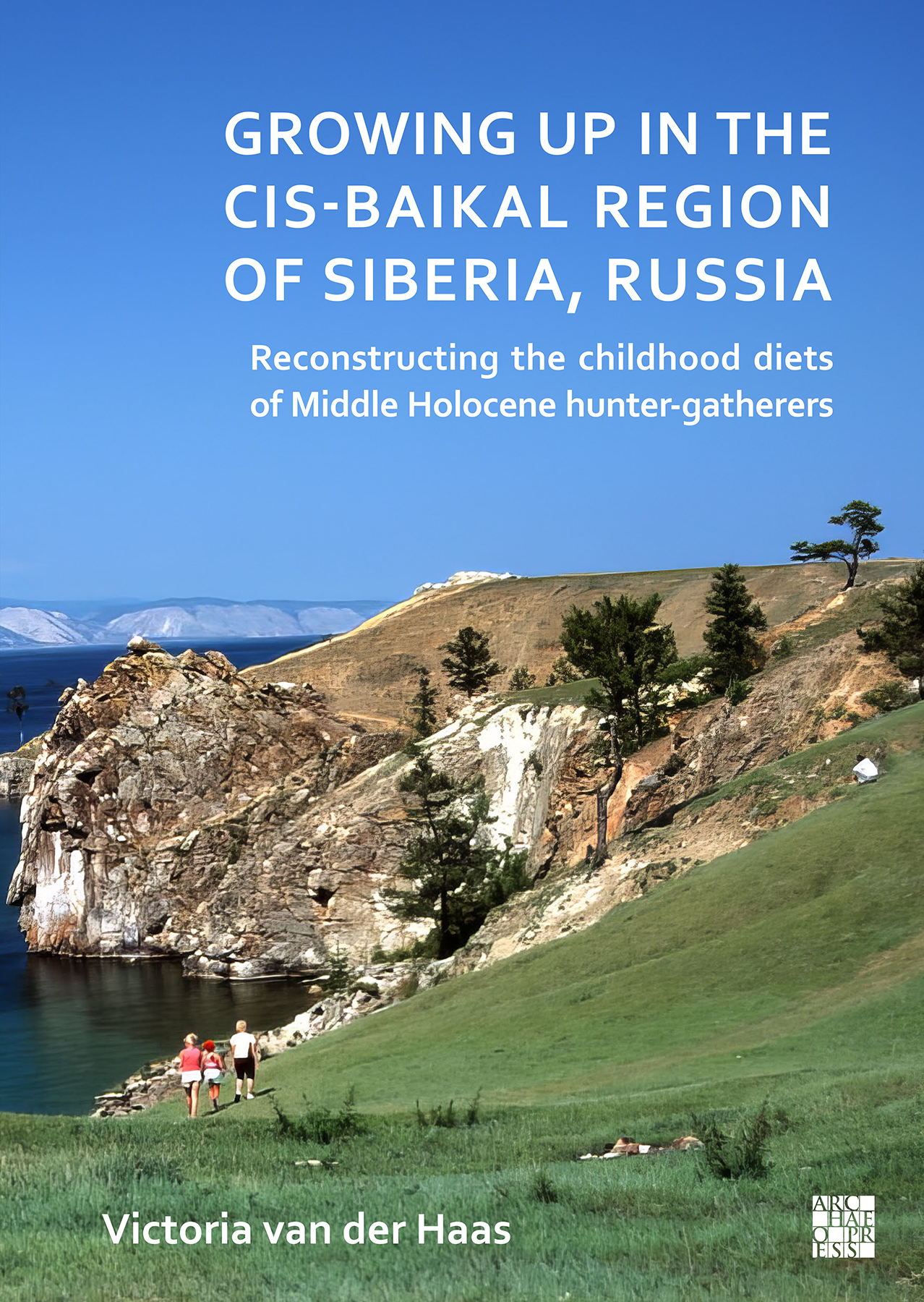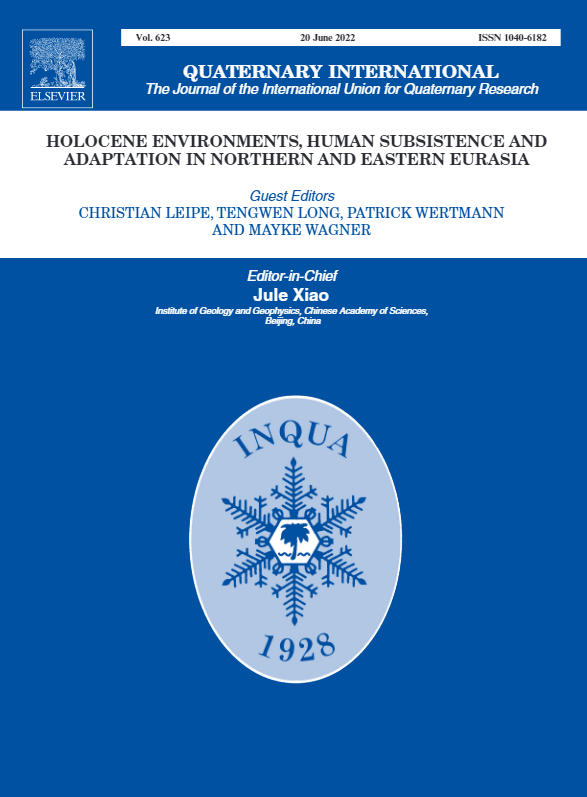Publications
Multilayer Geoarchaeology object Sagan-Zaba II on Lake Baikal: Archaeology and Paleoecology [in Russian]
The purpose of this monograph is to disseminate the new archaeological materials from the Sagan-Zaba II camp site, located in a cove of the same name on the west coast of Lake Baikal, about 12 km SW of the mouth of the Anga River and 154 km NE of the Irkutsk city. The three excavation seasons (2006–2008) carried out at Sagan-Zaba by the Russian–Canadian archaeological expedition provided new knowledge regarding the complex cultural processes taking place within the [...]
Growing up in the Cis-Baikal region of Siberia, Russia: Reconstructing the childhood diets of Middle Holocene hunter-gatherers
This volume analyses the dietary life histories of prehistoric hunter-gatherers from six cemeteries in the Lake Baikal region of Siberia, Russia. The overarching goal was to better understand how they lived by examining what they ate, how they utilized the landscape, and how this changed over time. Growing Up in the Cis-Baikal Region of Siberia, Russia analyses the dietary life histories of prehistoric hunter-gatherers from six cemeteries in the Lake Baikal region of Siberia, Russia. The overarching goal was [...]
Neolithic and Early Bronze Age of Cis-Baikal: Main Factors and Processes in the Development of Hunter-Gatherer Cultures [in Russian]
Middle Holocene hunter-gatherers (HG) of the Cis-Baikal, Eastern Siberia, display substantial spatiotemporal variation in adaptive strategies highlighted by several cultural transitions. These transitions are examined focusing on the role of the following factors: (1) changes in the distribution of the boreal forest; (2) technological innovations; (3) intensification of fishing; and (4) their combined impacts on subsistence and social structure. The expansion and retreat of boreal forest was important because it directly affected the distribution and abundance of large [...]
Neolithic and Early Bronze Age of Cis-Baikal: Spatiotemporal Patterns of Cemetery Use [in Russian]
Hunter-gatherer archaeology typically focusses on the details of subsistence strategies and material culture and, in the case of cemeteries, on various aspects of mortuary practices, beliefs, and social differentiation. This paper aims to look rather at patterns of change over time and space in how past hunter-gatherer cemeteries were used from Late Mesolithic to Early Bronze Age (~8600–3500 cal BP) in the Cis-Baikal region of Eastern Siberia. The approach is based on a Kernel Density Estimate methodology applied [...]
Neolithic and Early Bronze Age of Cis-Baikal: Chronology and Dietary Trends [in Russian]
Analyses of radiocarbon dates (all corrected for the freshwater reservoir effect) and associated stable isotope values obtained from the skeletal remains of ~560 individuals provide many new insights about Middle Holocene hunter-gatherers (HG) of the Cis-Baikal region, Eastern Siberia. The new radiocarbon evidence clarifies the culture history of the region by defining better the boundaries between the chronological (archaeological periods) and cultural (mortuary traditions) units, as well as our understanding of the transitions between them. Furthermore, differences between [...]
A Holocene floodplain sequence from the Kirenga Valley, Lake Baikal region (Siberia), and its significance for molluscan and mammalian biogeography
The archaeological record in the Baikal region is characterised by a marked discontinuity separating different groups of hunter-gatherers within the Neolithic period. A range of sedimentary archives has been studied to investigate this issue and whether it had an environmental cause. Our focus has been on floodplain sequences from river valleys, which can augment other higher resolution records such as those from lakes. Here we report on the molluscs and small vertebrates recovered from a Holocene floodplain sequence [...]




